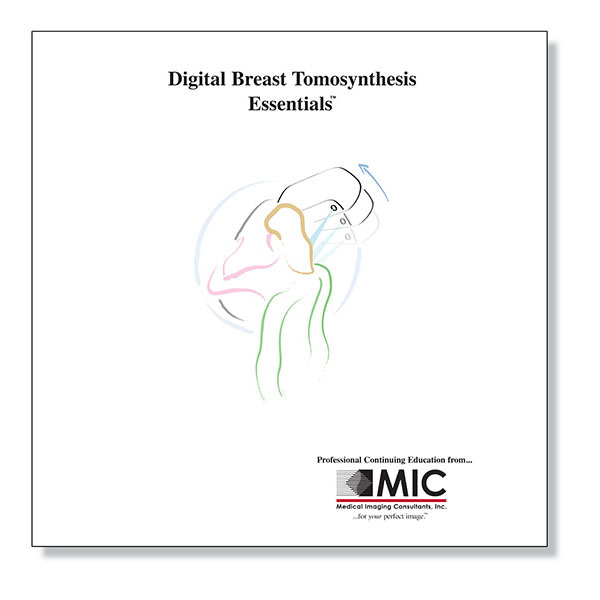
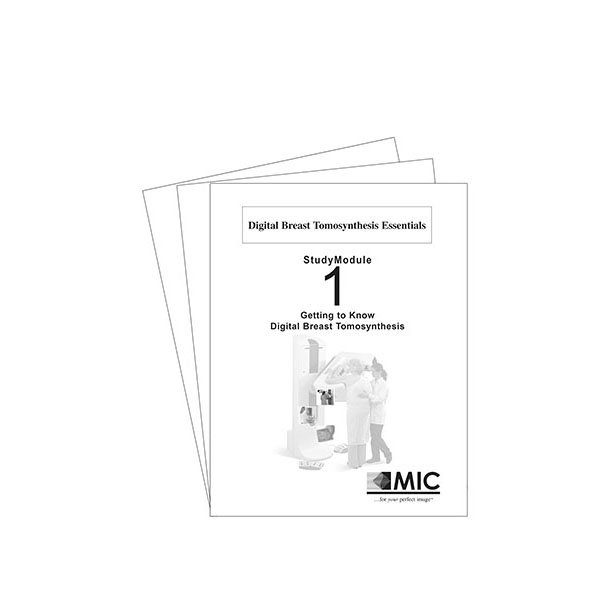
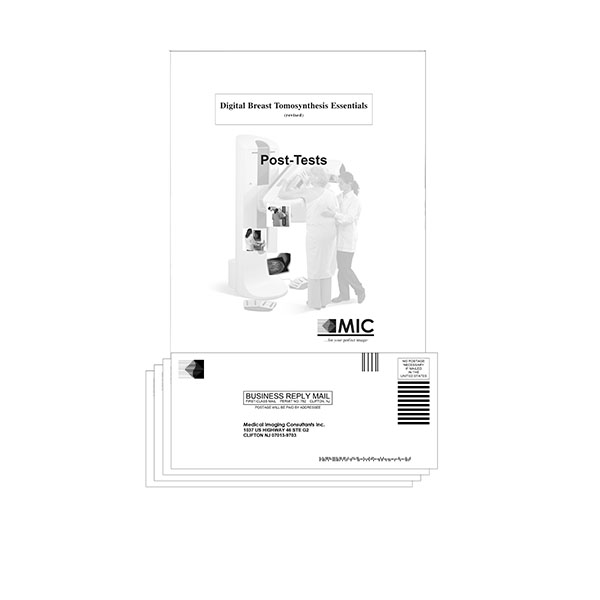
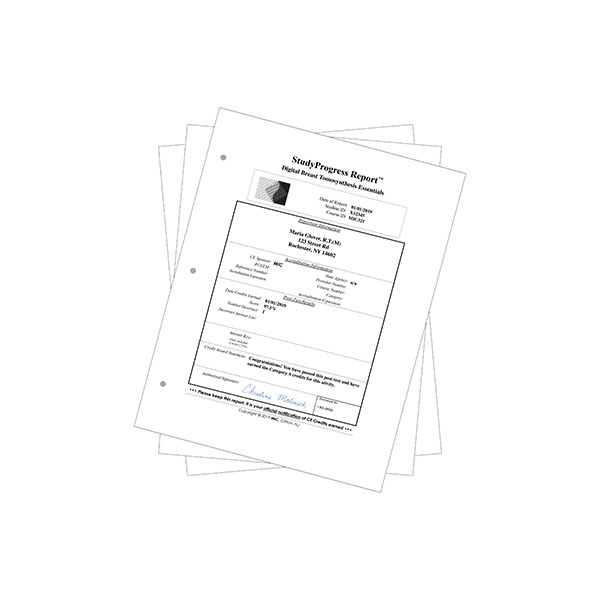
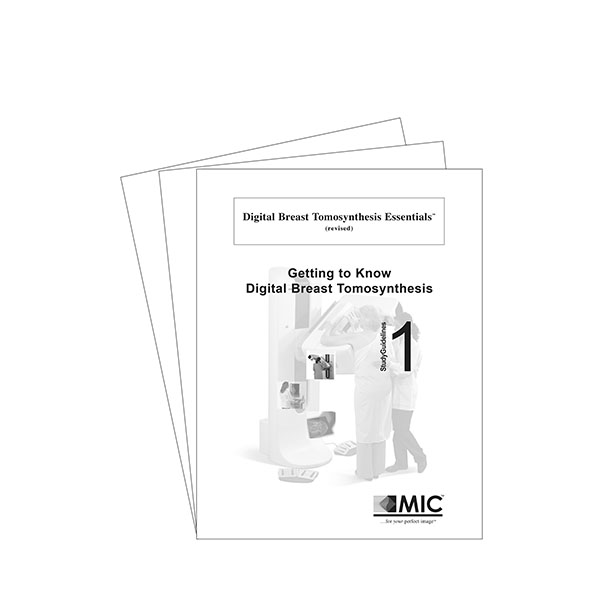
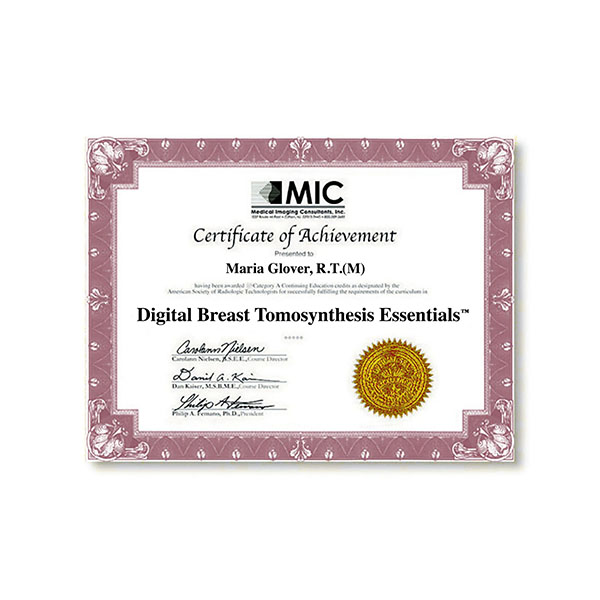
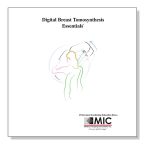
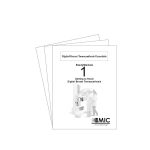
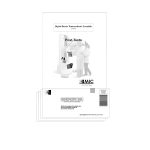

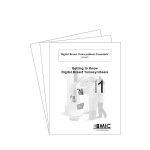
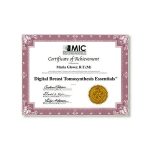
Digital Breast Tomosynthesis Essentials
Digital Breast Tomosynthesis Essentials explains all the principles of this revolutionary imaging modality, introduces the DBT equipment and its operation, and acts as your guide to successfully implementing DBT in clinical practice. It is intended for medical imaging professionals who plan to practice digital breast tomosynthesis, and it also can be used by technologists to fulfill the MQSA requirement of 8 hours training in a new mammographic modality.
8.5 |
Medical imaging professionals with an interest in learning breast tomosynthesis |
Try Digital Breast Tomosynthesis Essentials for 30 days! |
$155.00
- StudyModules
- StudyGlossary
- Post-Tests
- StudyProgress Reports
- StudyGuidelines
- Certificate of Achievement
- Targeted CE
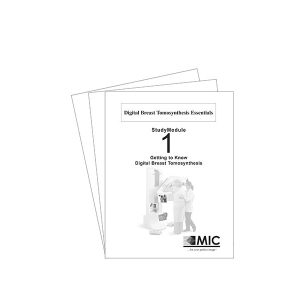
The Digital Breast Tomosynthesis Essentials self-study course consists of 3 comprehensive StudyModules that are delivered to you all at once in a single convenient volume. Each StudyModule contains easy-to-follow text with an abundance of illustrations, clinical images and summaries, written in the language of the radiologic technologist.
- Getting to Know Breast Tomosynthesis
- Breast Cancer
- History of Mammography
- Applications of Mammography
- How Mammography Has Been Traditionally Performed
- Benefits of Digital Mammography
- Mammographic Imaging Theory
- Limitations of Mammography, Sensitivity, Specificity
- Other Performance Limitations of Mammography
- Introduction to Digital Breast Tomosynthesis
- DBT is Tomographic Imaging
- Tomosynthesis Image Reconstruction
- Clinical Availability of Breast Tomosynthesis
- FFDM Plus DBT Imaging
- One-view Versus Two-view Tomosynthesis
- Radiation Dose
- Early Results with Breast Tomosynthesis, Oslo Study, STORM Study, The Rose Study, JAMA Tomosynthesis Study
- Performance of Breast Tomosynthesis by Breast Type and in the Diagnostic Setting
- DBT Hardware and System Operation
- Overview of a Tomosynthesis Mammography System
- Acquisition Workstation
- Introduction to the Gantry and its Functional Sections
- X-ray Generation Section of the Gantry
- High Voltage Generator
- Mammography X-ray Tube
- Motion of the X-ray Tube – Design Considerations
- Breast Positioning Section of the Gantry
- Compression Hardware
- Image Detection Section of the Gantry
- Anti-scatter Grid
- Digital Detectors
- Detector Readout Electronics
- Analog-to-Digital Converter
- Image Formation
- Formation of an FFDM Image
- Formation of Projection Images
- Reconstruction of Tomographic Images
- Synthesized FFDM Images
- Image Review and Distribution
- Picture Archiving and Communication System
- Softcopy Review Workstation
- Hardcopy Device
- DBT in Clinical Practice
- Site Readiness
- MQSA Site Certification
- MQSA Staff Education Requirements
- Consideration of Which Patients Receive DBT
- Benefits of Breast Tomosynthesis
- Screening vs. Diagnostic Exams
- Density of Breast Tissue
- Implant Patients
- Large Breasts
- Performing the Exam
- Quality Control
- Tomosynthesis Geometry Quality Control
- Detector Quality Control
- AEC/Dose Performance Quality Control
- Output Device Quality Control
- Advanced Options
- Contrast Enhanced Breast Imaging
- Biopsy with Tomosynthesis Guidance
- Computer Aided Detection
- Breast Density Assessment Software
- Comparing with Priors
- Network Requirements for DBT
- Displaying DBT Images
- Workflow
Also included with the program is a handy StudyGlossary. The StudyGlossary contains indexed references to selected key terms in the program which include definitions as well as where to look in the StudyModules to find more information about each entry.
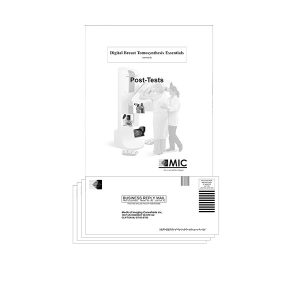
After you complete each StudyModule, there is a multiple choice Post-Test. Simply fill in the Post-Test Answer Sheet and return it to us using one of the following options:
- Use the postage-paid return envelope
- Fax your Answer Sheet for faster feedback
- Email it to CE@micinfo.com for the quickest results
Of course, all program information and Post-Test results are treated with the utmost confidentiality.
Each StudyModule has been separately accredited so you earn Category A credits as you pass each Post-Test, up to 8 with the Digital Breast Tomosynthesis Essentials!
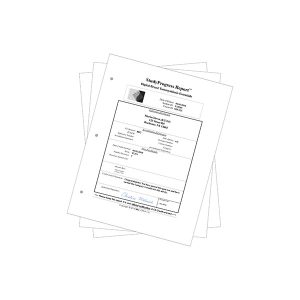
After we grade each Answer Sheet, we send you a StudyProgress Report that includes your Post-Test score and the official notification of the Category A CE credits earned for that Post-Test.
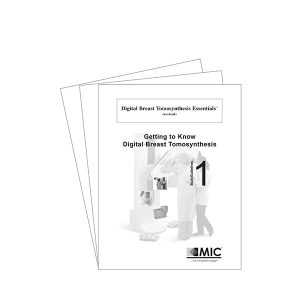
As you complete each Post-Test, you also receive a set of StudyGuidelines which presents detailed explanations of each and every Post-Test question! StudyGuidelines offer additional information not found in the StudyModules and provide you with guidance back to the specific section that you need to study further.
An Answer Key is provided once you achieve a score of at least 75%. If you score below 75%, an additional Answer Sheet is provided, and you are offered another chance at the Post-Test after you study the material further. StudyProgress Reports and StudyGuidelines are sent to you via first class mail, normally within two business days after we receive your Post-Test answers.
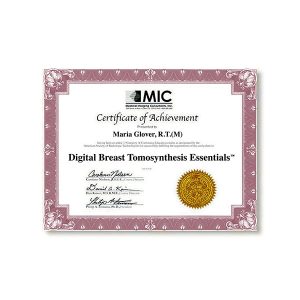
You are awarded the final Certificate of Achievement after you earn the Continuing Education credits for all the StudyModules.
Targeted CE per ARRT’s Discipline, Category, and Subcategory classification for enrollments starting after December 15, 2023:
StudyModule 1 [3 credits]:
- Mammography: 3.00
Patient Care: 0.50
Patient Interactions and Management: 0.50
Procedures: 2.50
Mammographic Positioning, Special Needs, and Imaging Procedures: 2.50
StudyModule 2 [3 credits]:
- Mammography: 3.00
Image Production: 3.00
Image Acquisition and Quality Assurance: 3.00
StudyModule 3 [2.5 credits]:
- Mammography: 2.50
Patient Care: 0.50
Patient Interactions and Management: 0.50
Image Production: 1.00
Image Acquisition and Quality Assurance: 1.00
Procedures: 1.00
Mammographic Positioning, Special Needs, and Imaging Procedures: 1.00
